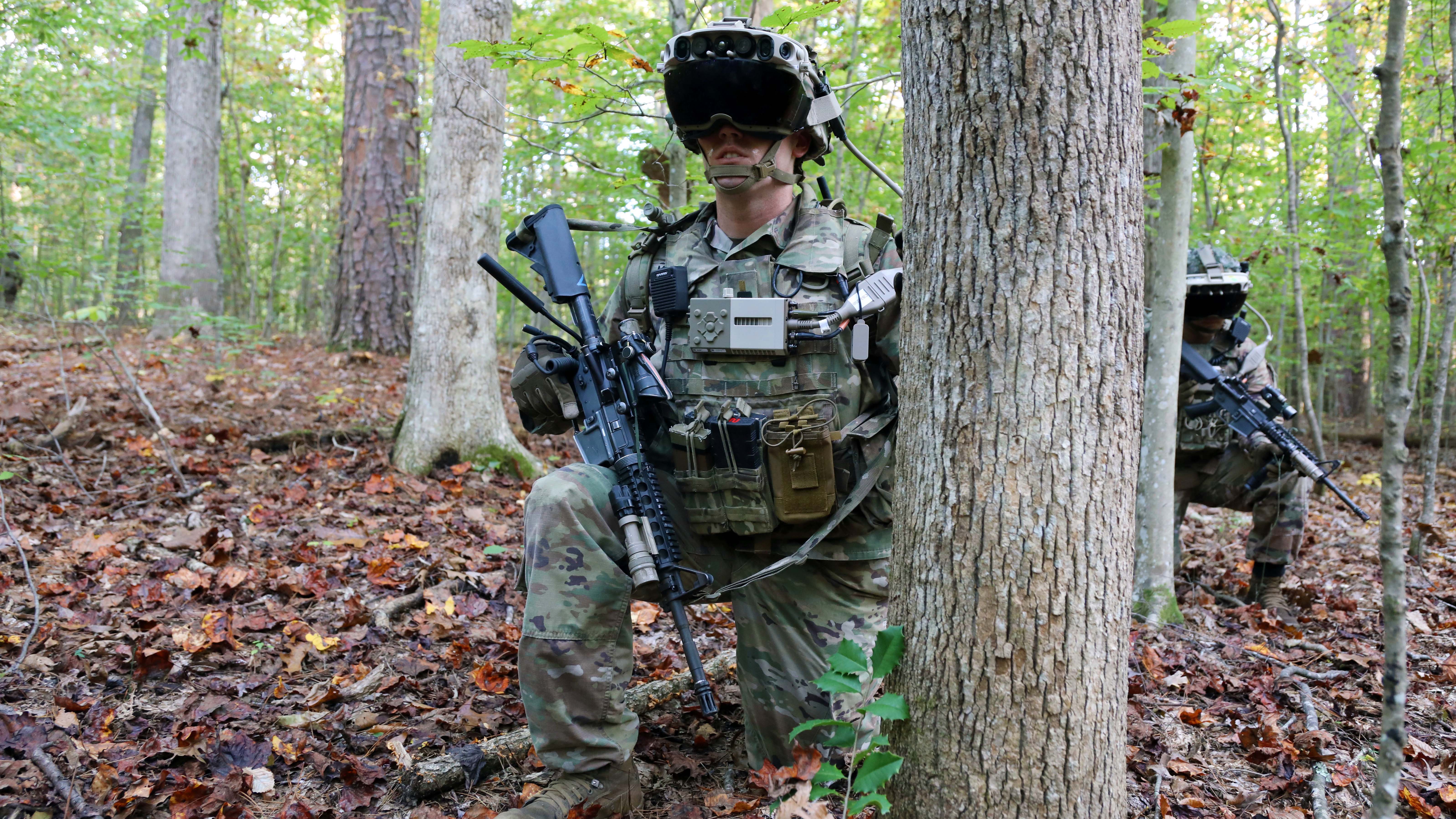Modernization Efforts Begin Yielding Results
Modernization Efforts Begin Yielding Results

Army transformation is about to deliver results in the field, Army leaders said March 16 on the opening day of the Association of the U.S. Army’s Global Force Next, a three-day virtual forum.
Based on a theme of “Protecting Tomorrow through Persistent Modernization,” the Army’s goal is to set a course for four years of steady progress. Getting this right puts the Army and the joint force on a solid path, said retired Gen. Carter Ham, AUSA president and CEO.
“We remain committed to the Army’s modernization priorities,” said Acting Army Secretary John Whitley, describing efforts to speed up the timeline for modernization. “We must capitalize on the momentum.”
That may sound like a simple statement, but it might require great sacrifices, because while some new gear might be fielded this year, followed by even more over the next five years, the Army and the rest of DoD face flat budgets that will require cuts elsewhere to pay for transformation.
The Army has many other priorities. It continues to provide support for COVID-19 vaccination efforts and is focusing on addressing sexual assault and harassment, suicide, racism and extremism as part of an Armywide effort to take care of soldiers, civilian workers and families. “These issues harm the readiness of our units,” Whitley said.
The Army also cannot afford to let readiness dip while modernization flourishes. “Despite the surge in support, the Army remains ready,” the acting secretary said, adding that “incredible strides in readiness” have occurred because of the hard work of soldiers and adequate funding from Congress.
Army Futures Command, established in 2018 in hopes of finding a faster path to fielding new capabilities and technology, “is producing real results,” Whitley said.
In fiscal year 2021, the Army will field enhanced night vision googles. In 2022, the Army will start fielding a new armored multi-purpose vehicle and a new integrated air and missile defense battle combat system.
In 2023, fielding is expected for hypersonic missiles, mid-range missiles, and next-generation rifles and squad weapons. In 2024 through 2026, precision strike missiles, extended range cannon, mobile protected firepower and unmanned aerial systems arrive in the field, Whitley said. “These are not far-off pipe dreams.”
Outside of this five-year window is future vertical lift.
This won’t be painless, Whitley said. Making modernization a priority with flat or even declining budgets means the Army will enter a period “where we have to make tough choices and demonstrate our commitment to modernization or risk the entire program unwinding.”
For more on Global Force Next, click here. This year’s hashtag is #GlobalForceNext.

